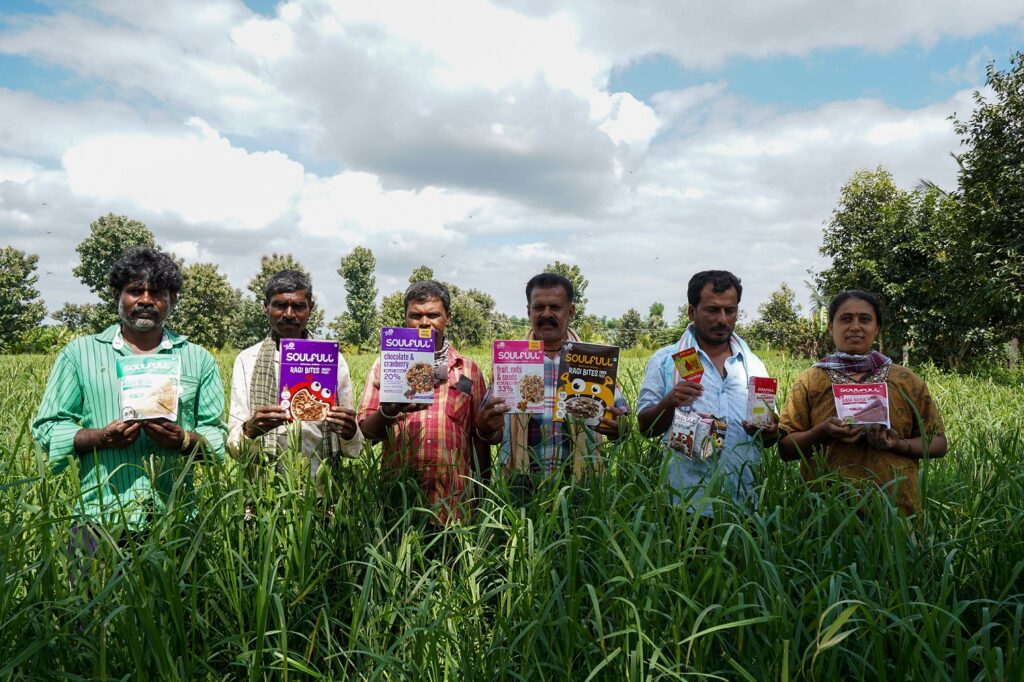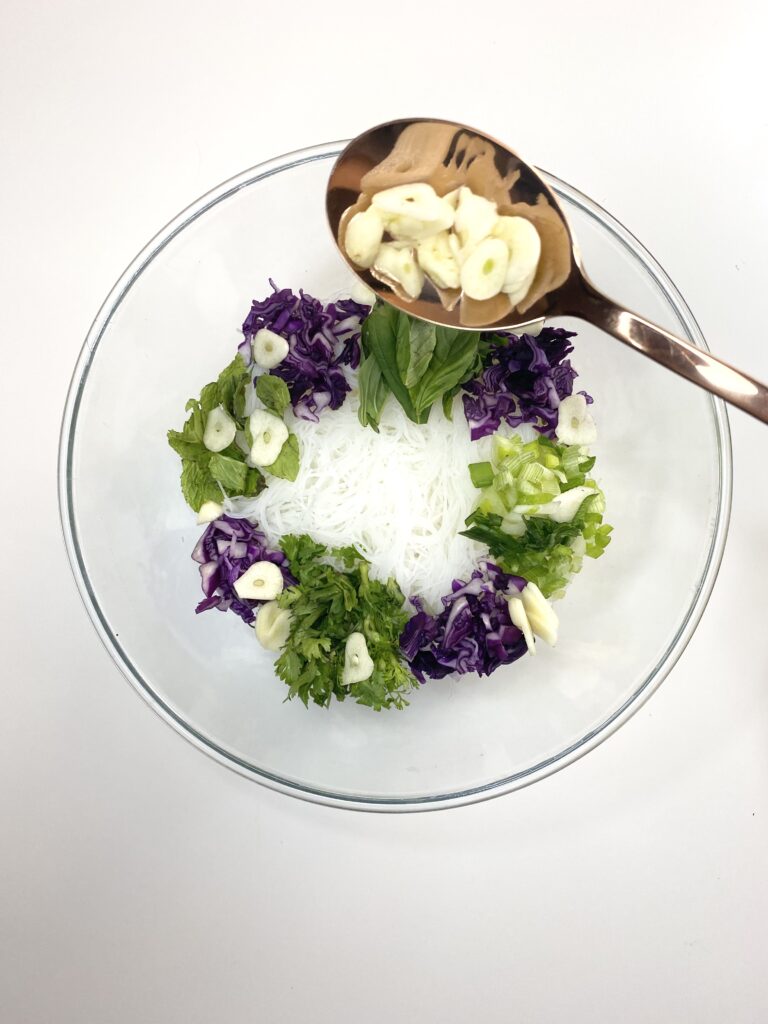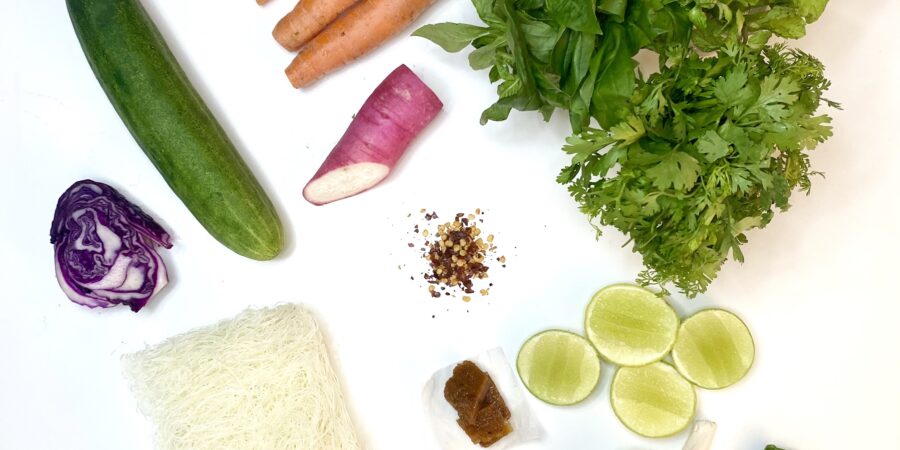The word sustainability in food has taken large the world by storm but the question that is pertinent to ponder upon is what makes sustainable.
Late last year, I happened to visit a farmer in the outskirts of Mysore who was working hard to convert his farm land to an organic one. It was during a conversation with him I learnt that it takes at least three years for the chemicals from pesticides to wear off before the land can be used to grow organic produce. And that is when it dawned upon me that sustainability in food is harder than most of us think.
Organic Tales
Over the last few decades, growth has been defined by consumerism which encourages practices often contrary to sustainability. India is one of the largest food producers in the world and fortunately, organic and natural food producers are seeing good growth. Surya Shastry, Managing Director, Phalada Organic Consumer Products Pvt. Ltd. avers, “sustainability and sustainable farming are more relevant now and then ever before. We work closely with our network of farmers educating them about sustainable farming practices and ensuring these methods are implemented at the farms. For example, we support farmers with compost pits and train them in best and modern methods of composting, which helps them develop their own agri-inputs by recycling. These practices make their farm sustainable in the long run.”

Grow Right
Sustainability of ingredients and produce is more than just using natural ingredients or organic fertilizers of ingredients. “It includes the entire supply chain of how the ingredients are grown, how they are harvested, how they are preserved, how they make it to market and how they end up on our dinner table. Growing it will be a combination of traditional methods and new methods including hydroponics or aqua horticulture. We will continue to grow it on agricultural land, but also start exploring options such as growing via hydroponics in warehouses,” says Mariko Amekodommo, International Culinary Expert. Dr. Venkat Maroju, CEO, SourceTrace adds, “when it comes to fishes, aquaponics in shrimp is a great case study. Experiments have been going on in animal feed and with insect protein, the whole sector may take a big step towards sustainability.”

Food Diversity
There is also a need for diversity of food ingredients both for nutrition levels and to ensure a balanced food system. “We strongly believe that we need to diversify our food chain, and we support sustainable grains like millets because they require one-third the amount of water as rice to grow. Two-third of India is under drought, we don’t have the amount of water needed to continue to export basmati to the world,” says Shauravi Malik, Co-founder, Slurrp Farm. “We need to encourage consumption of perishable seasonal produce and work on extending the lifeline of this produce so we can ensure farmers are getting paid for what they grow, wastage is reduced and consumers can have access to produce over a longer period of time,” adds Kavitha Mantha, Chef and Sustainability advocate, Sava.
Price Factor
Affordability of sustainable food is a question of perspective and one that in food, is quite often used to take the easy way out in the short run. “Seasonal, naturally grown food can be very affordable. What we need to do though, is move towards the CSA (Community Supported Agriculture) model. If we ate what the farmer grew and bought a share of his produce, rather than dictating the need for unseasonal produce, food would be immensely affordable,” avers Sangita Kathiwada, sustainability practitioner, Sava. Sarrah Kapasi, Founder and CEO, D-Alive Health Pvt. Ltd. began this brand, after her father’s 25-year struggle with diabetes and how organic food helped. “The economies of scale are a problem with sustainable food as compared to modified food and on the comparative scale sustainable food does have the price challenge. But it is getting increasingly affordable as adoption increases and sustainable packaging technologies are increasing the shelf life without comprising quality.”
Obstacle Race
The only challenge with sustainable foods is consumer habits and it can become viable when more people understand it and are willing to pursue it. Prashant Parameswaran, MD, Soulfull – Kottaram Agro Pvt. Ltd. opines, “the biggest challenge sustainable food faces is the perception and transition from the conventional methods to the sustainable method. Most farmers still practice conventional methods from years which makes it difficult to transition into sustainable farming.” Dairy farmers also their own set of issues. Small and marginal farmers contribute nearly 80 percent of India’s milk production, but yield is much lower than that in developed countries. “There is a lack of awareness and access to the right information among farmers about the importance of food safety. It is also important to inspire change and spark innovation in rural communities where companies need to build trust with farmers and be a partner to them during the complete life cycle process of milk procurement,” says Dr. Ashok Modgil, Head of Procurement and Extension Services, MilkLane. To conclude it is important to remember what Robert Swan OBE said, “the greatest threat to our planet is the belief that someone else will save it.”
A version of this story first appeared in The New Indian Express dated Oct 11, 2020 here:
